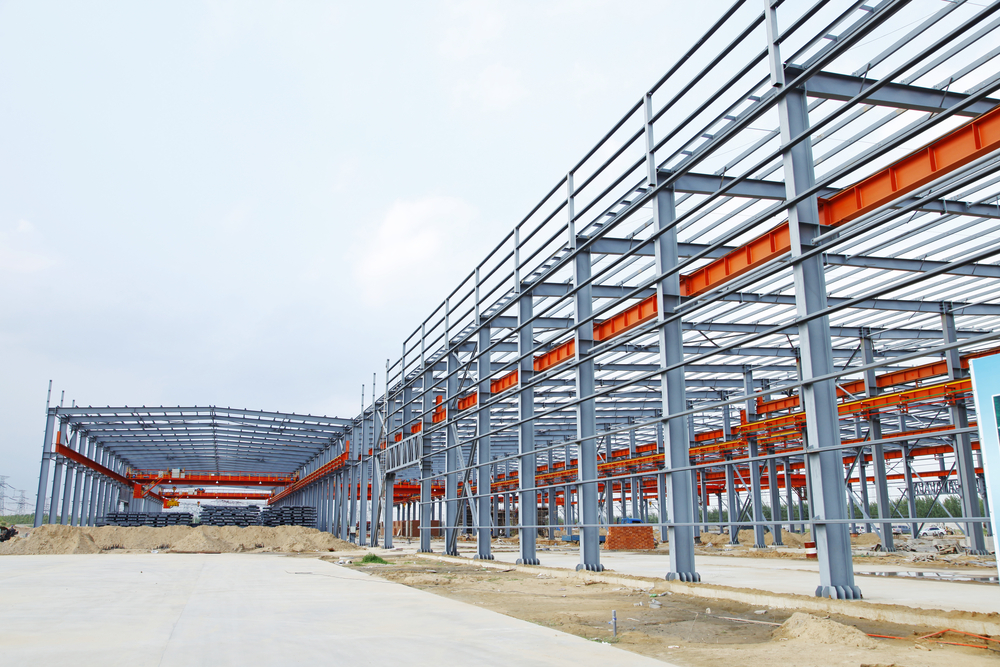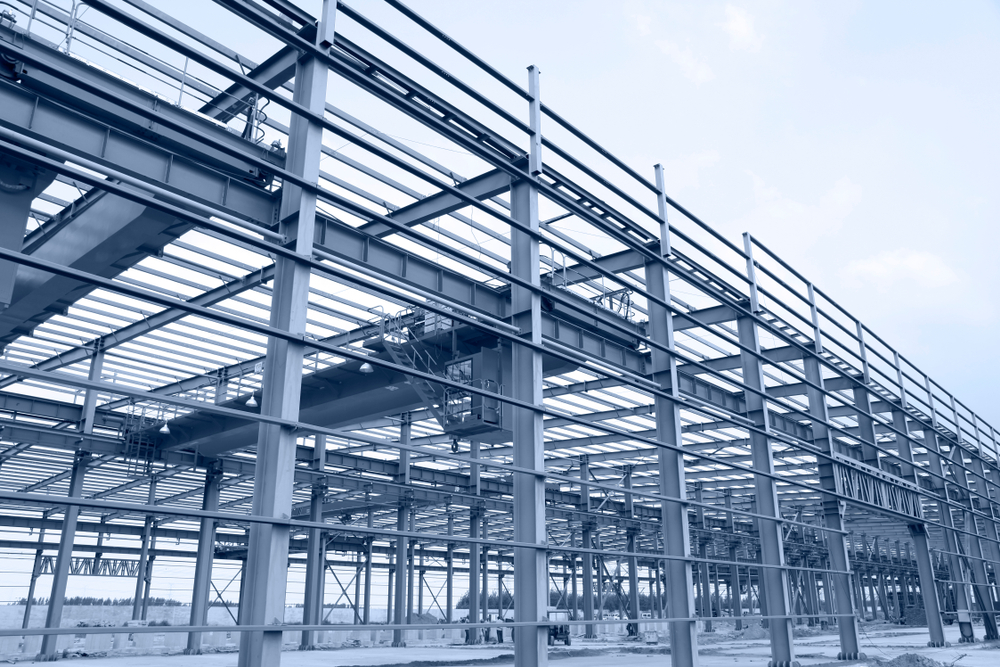The durability of concrete and steel is tough to beat. It is also why many commercial and residential buildings are made of these materials. However, some factors make concrete and steel vulnerable to earthquakes.
Concrete’s strength and vulnerability against earthquakes
Concrete is a product of mixing cement, water, sand, and gravel. It is widely used in construction because it is solid and easy to work with. Concrete material can also be molded into any shape, making it ideal for various projects. But it is susceptible to cracking and other damage from the elements.
The type of concrete, the amount of reinforcement, and the structure’s design all play a role in the concrete structure’s ability to resist seismic forces.
The type of concrete used. There are two main types of concrete: normal-strength concrete and high-strength concrete. Normal-strength concrete has a compressive strength of 2,500 pounds per square inch (psi), while high-strength concrete can achieve up to 10,000 psi compressive strength. The higher the compressive strength of the concrete, the better it will resist seismic forces.
Amount of reinforcement in the concrete. The mounting can be done in the form of steel rebar or mesh. And it helps to provide support and resist tension to increase the strength of concrete. The more reinforcement used, the stronger the concrete will be.
Design of the concrete structure – Structures designed to flex and absorb energy are typically more resistant to earthquakes than rigid and non-flexible. Additionally, well-anchored buildings are also more resistant to seismic activity.
By considering all these factors, engineers can determine the strength and vulnerability of concrete structures against earthquakes. With this information, they can design buildings and other facilities that can better resist the forces of an earthquake.
Steel’s strength and vulnerability against earthquakes

Steel structures are also generally very durable against earthquakes. They can flex and absorb the earthquake’s energy without shattering or collapsing. These also tend to perform better than other structures, such as concrete or wood. However, steel can corrode over time, so it is vital to protect steel structures from the elements.
Moreover, the strength and vulnerability of steel structures against earthquakes depend on various factors, such as the steel’s quality, design, and maintenance level.
To strengthen your steel structure, you need to do the following:
- Make sure the steel is of good quality.
- Use proper design and construction methods.
- Maintain the structure regularly.
- Inspect the structure regularly for signs of damage.
- Repair any damage promptly.
- Retrofit older structures with modern earthquake-resistant materials and technologies.
Soil conditions and topography can also affect the performance of concrete or steel structures during an earthquake. Those built on soft soils or steep slopes are more likely to experience damage during an earthquake than ones constructed on firm, level ground. Additionally, structures in areas prone to liquefaction (the sudden loss of soil strength) are more likely to experience damage during an earthquake.
Proper research and asking for professional help can ensure you have an earthquake-resistant concrete or steel structure. Hiring a good contractor is also essential to ensure the construction process goes well.
If you have concerns about garages or building construction or the best metals used in construction, then contact us at Lion Garages.

